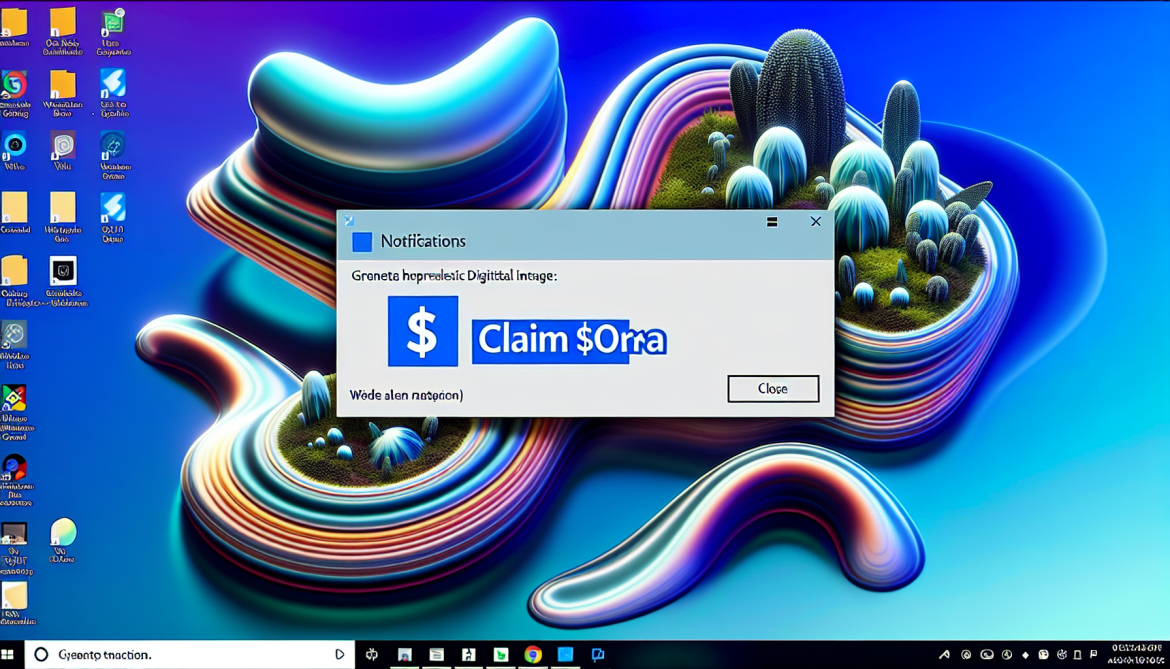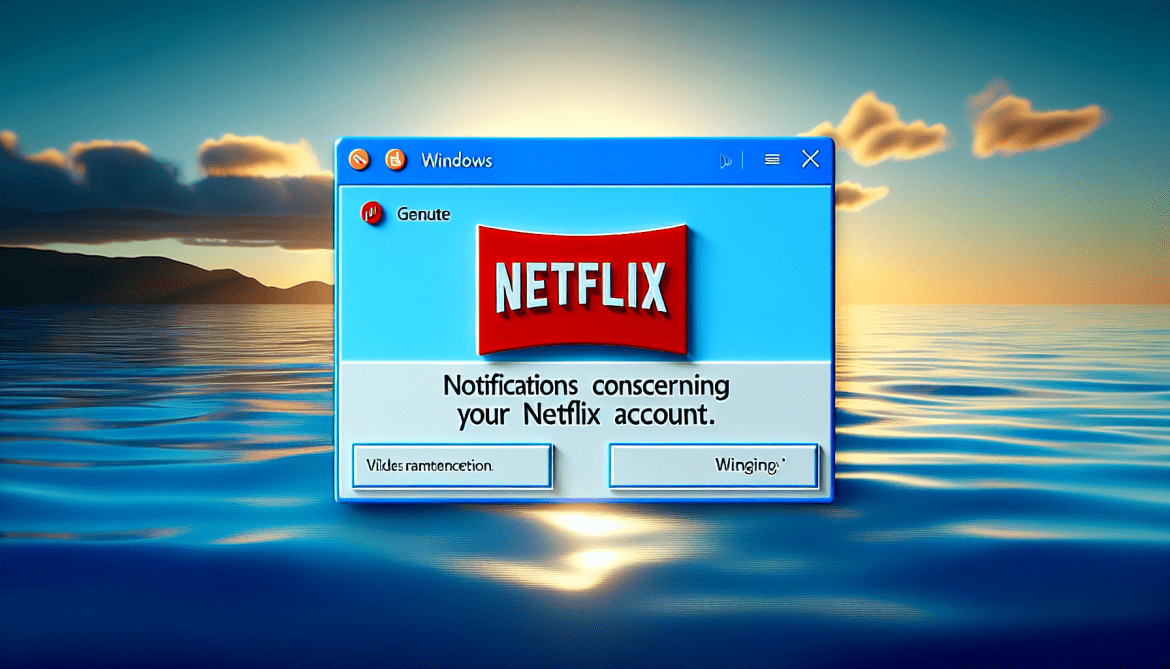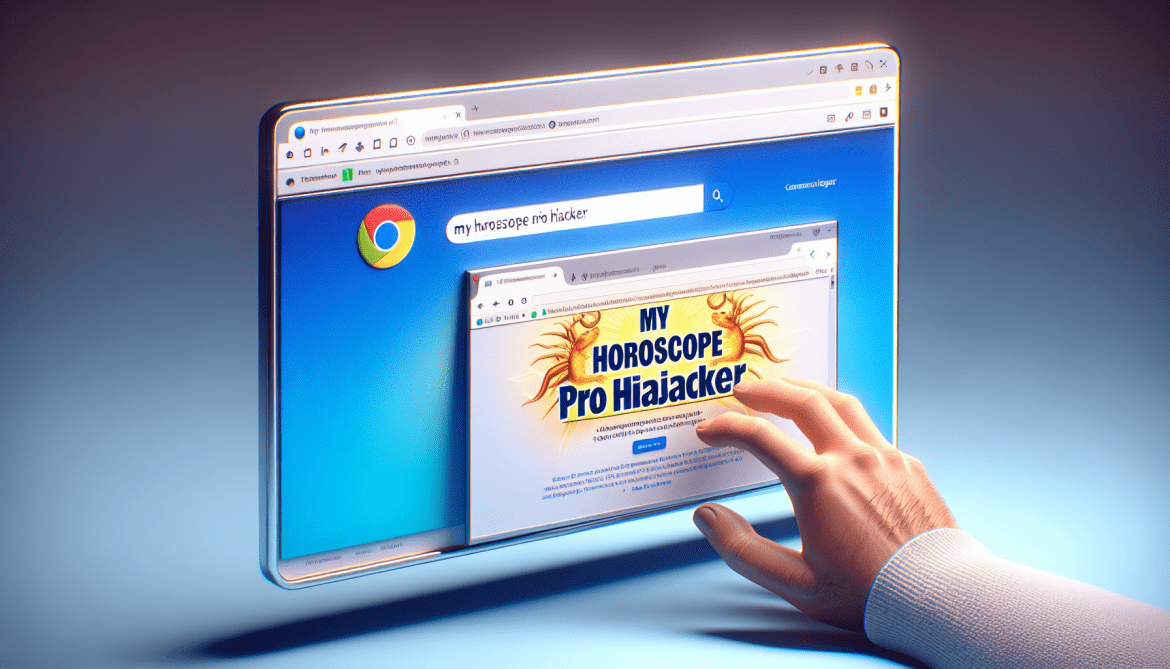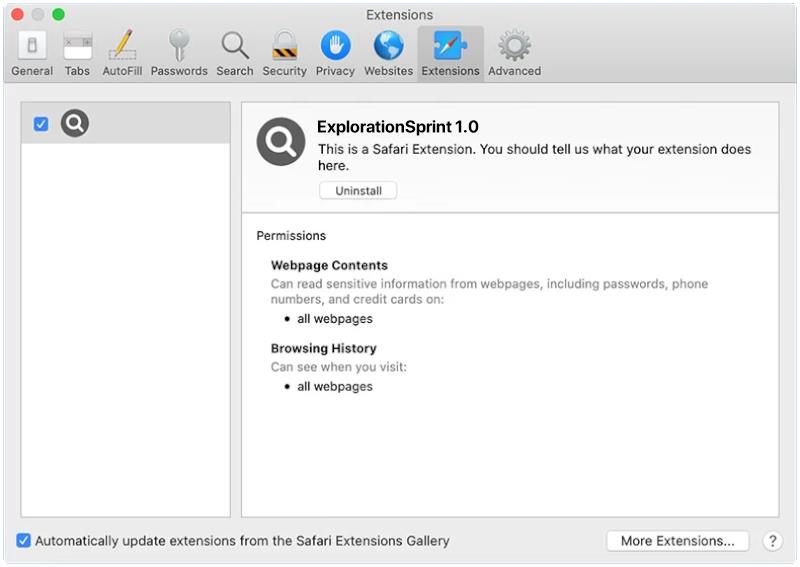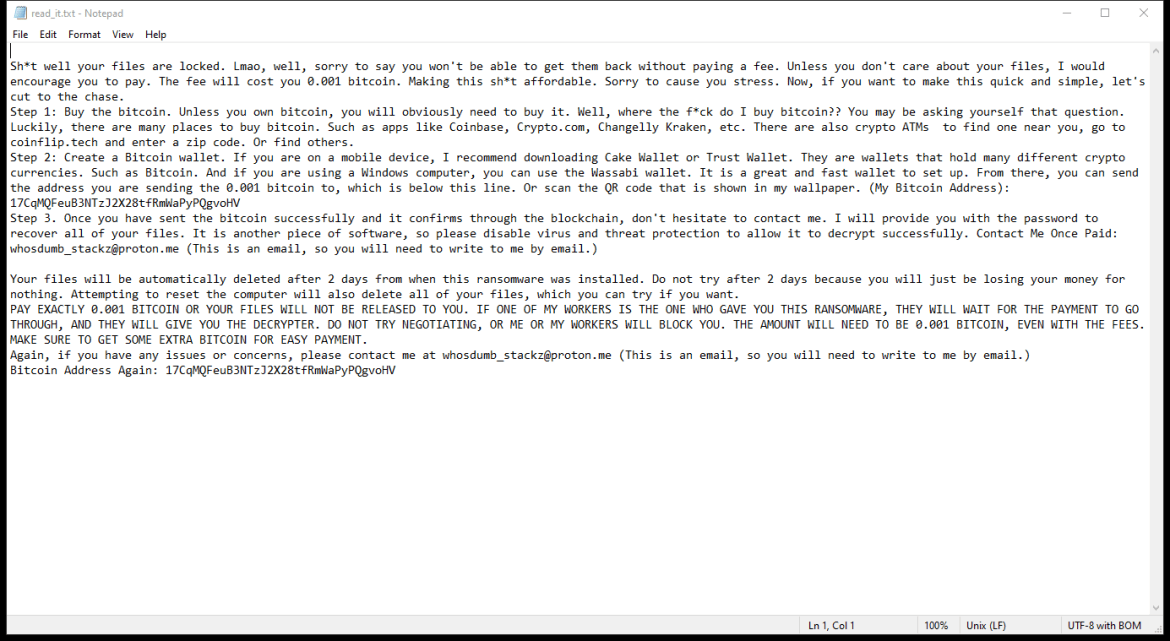Claim $ORA is a cryptocurrency token that is often seen in browsers as a pop-up or notification. These notifications typically prompt users to claim a certain amount of $ORA by clicking on a link or completing a specific action. The purpose of these claims is to incentivize users to engage with the token and potentially increase its value.
The appearance of Claim $ORA in browsers is a marketing tactic used by the creators of the cryptocurrency to attract new users and generate interest in the token. By offering free tokens through these claims, they hope to entice individuals to learn more about $ORA and potentially invest in it. However, it is important for users to be cautious when interacting with these notifications, as they could be part of a scam or phishing attempt.

